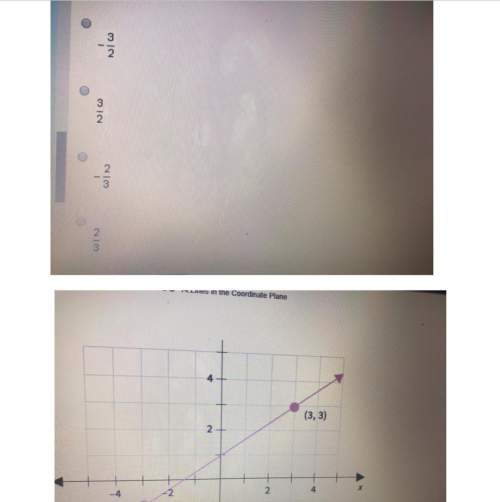
Mathematics, 01.12.2020 17:10 helppppp3548
A digital communications system consists of a transmitter and a reciever. During each short transmission interval the transmitter sends a signal which is to be interpreted as a 0, or it sends a different signal which is to be interpreted as a 1. At the end of each interval, the receiver makes its best guess at what was transmitted. Consider the events:
T0= Transmitter sends 0
R0= Receiver concludes that a 0 was sent
T1= Transmitter sends 1
R1= Receiver concludes that a 1 was sent
Assume that P(R0 | T0)= 0.99, P(R1 | T1)= 0.98 and P(T1)= 0.5.
(a) Find the probability of a transmission error given R1.
(b) Find the overall probability of making a transmission error.
(c) Repeat a, b for P(T1)=0.8 instead of 0.5

Answers: 2
Another question on Mathematics

Mathematics, 21.06.2019 15:00
There were 816 people at a concert when a band started to play. after each song, only half the people stayed to hear the next song. how many people were left at the concert after x songs? write a function to represent this scenario.
Answers: 3

Mathematics, 21.06.2019 15:30
What is the probability of drawing three queens from a standard deck of cards, given that the first card drawn was a queen? assume that the cards are not replaced.
Answers: 2

Mathematics, 21.06.2019 16:20
Abank gives 6.5% interest per year. what is the growth factor b in this situation?
Answers: 3

Mathematics, 21.06.2019 22:20
Jimmy can run 3.5 miles in 20 minutes. how far can ne run in one hour and ten minutes?
Answers: 1
You know the right answer?
A digital communications system consists of a transmitter and a reciever. During each short transmis...
Questions

Mathematics, 16.10.2020 01:01

Physics, 16.10.2020 01:01

History, 16.10.2020 01:01

Mathematics, 16.10.2020 01:01

Mathematics, 16.10.2020 01:01


Mathematics, 16.10.2020 01:01

Mathematics, 16.10.2020 01:01

Chemistry, 16.10.2020 01:01



Mathematics, 16.10.2020 01:01


Mathematics, 16.10.2020 01:01


History, 16.10.2020 01:01

Mathematics, 16.10.2020 01:01


Mathematics, 16.10.2020 01:01

Chemistry, 16.10.2020 01:01




